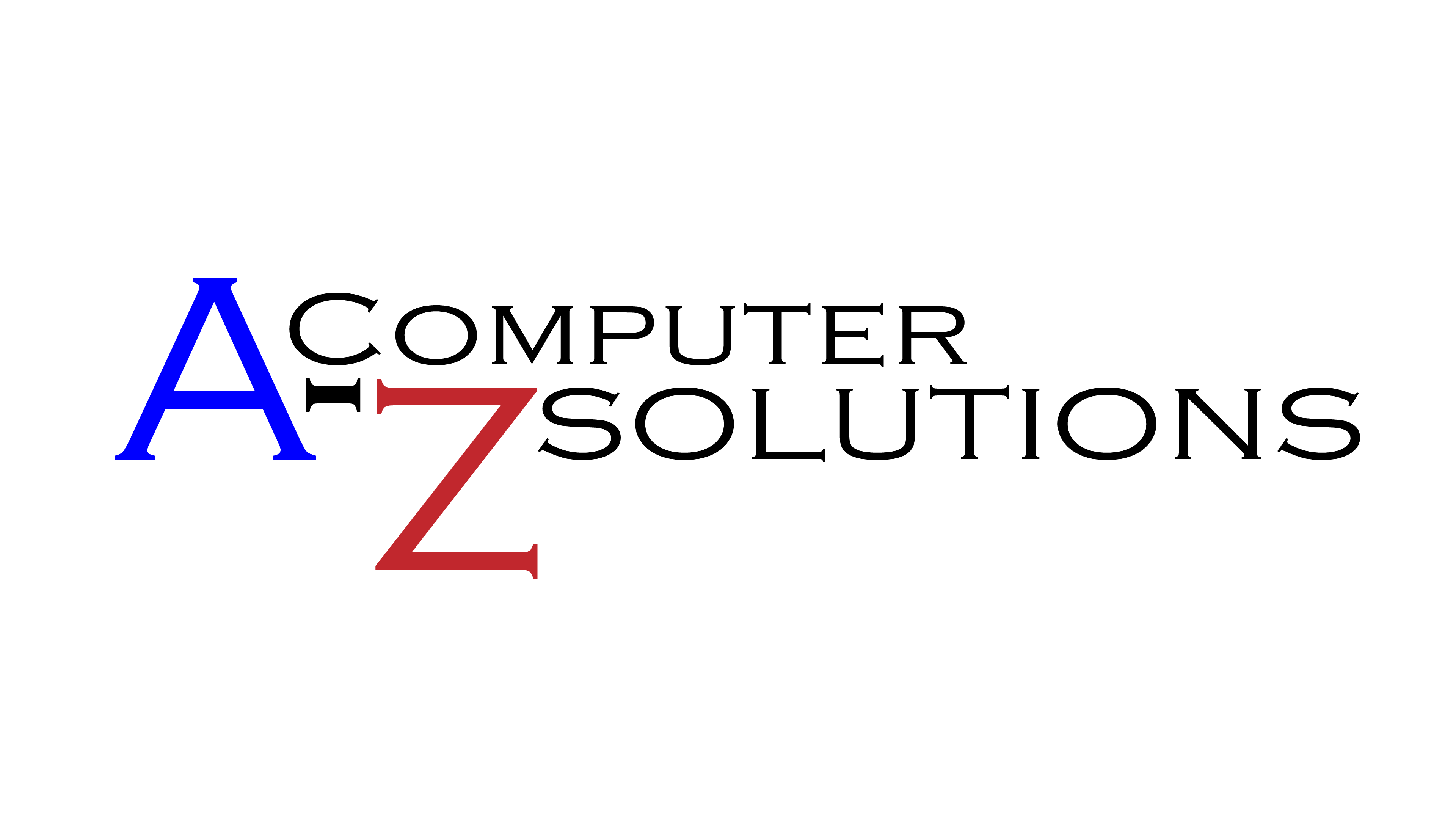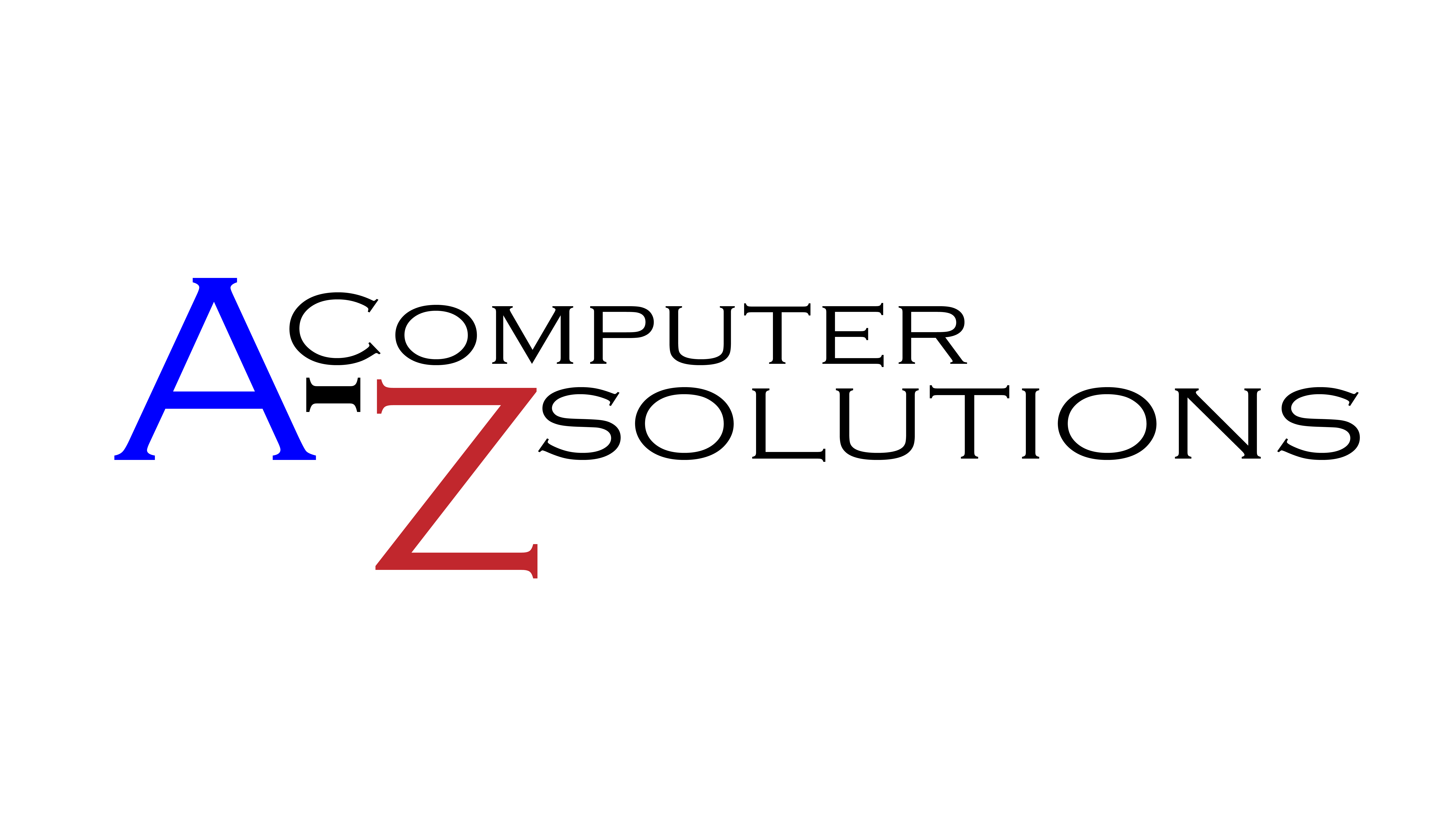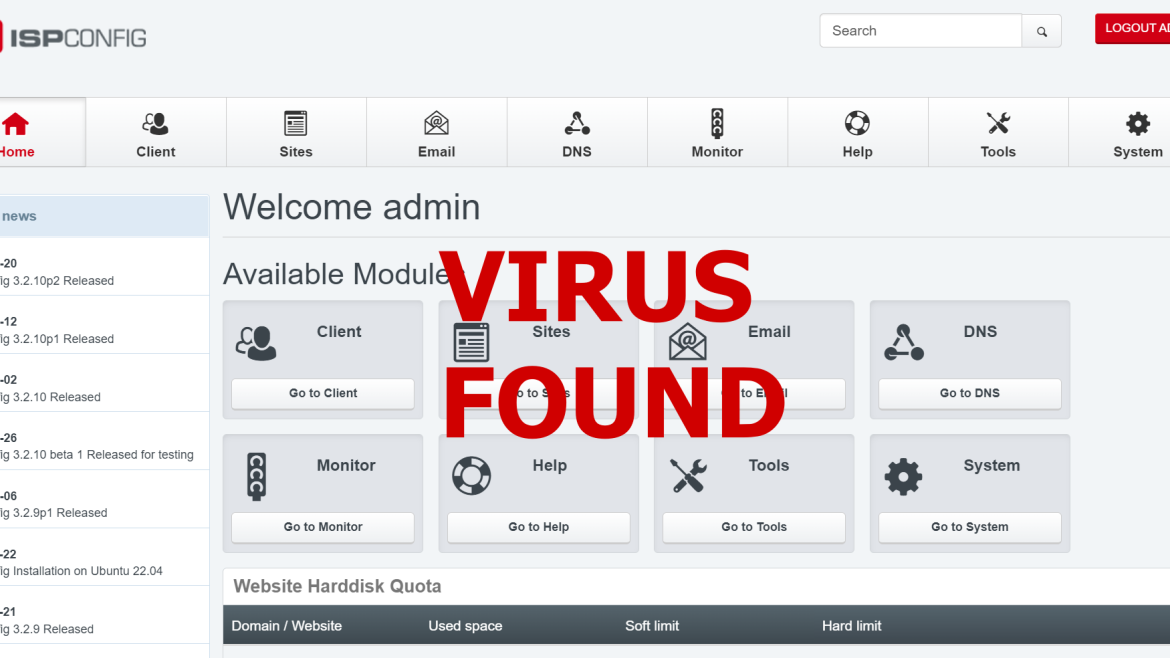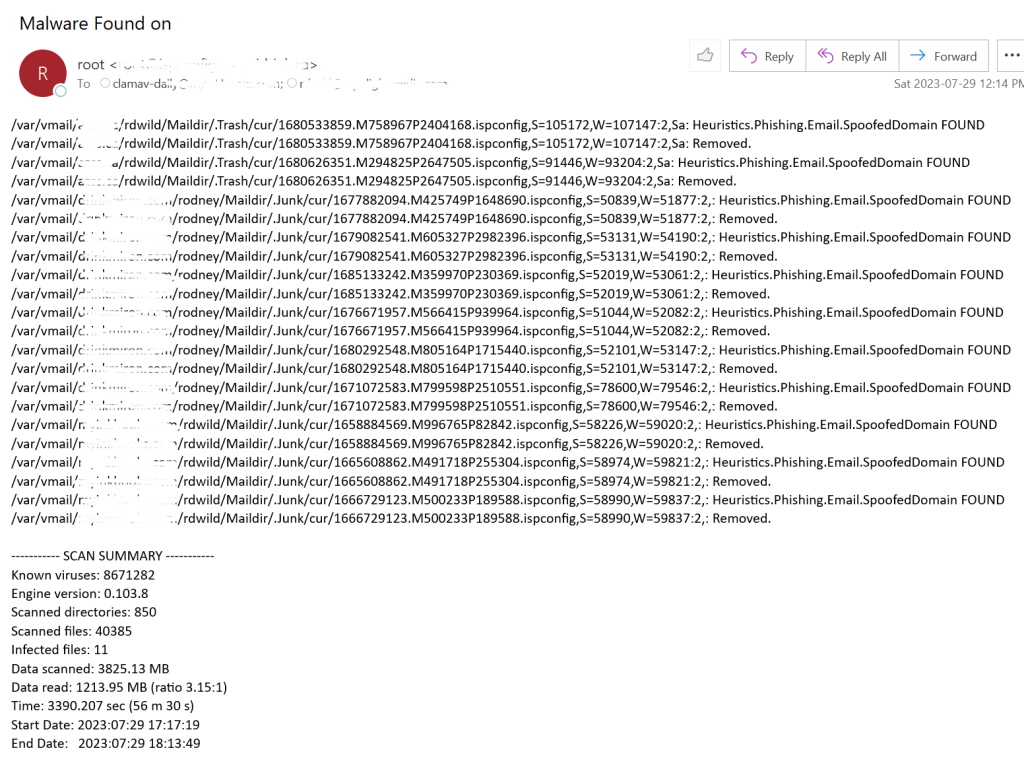Proxmox support
https://www.azcs.ca/wp-content/themes/osmosis/images/empty/thumbnail.jpg 150 150 rdwild rdwild https://secure.gravatar.com/avatar/44bd259fbddc027551fcc75646fc9c2c?s=96&d=mm&r=gOne of the things that a lot of people that run proxmox done know is that even if you have a support contact support (help) is provided during Austrian Business days which for Proxmox is: Monday to Friday, from 7:00 – 17:00 (CET/CEST). For those of us in North America that means support is available from 1 AM EST to 11 AM EST which can be difficult support wise. And that is why we provide primary support here in North America for many companies as a first line of support. That means when it is 5 pm in Toronto and its 8 pm at Proxmox and support is closed you will still get the support you need.
One other thing that for some of our clients is very important … you don’t need to open a port on your firewall as long as you have access to your proxmox servers from an admin machine. You watch, while we fix!














